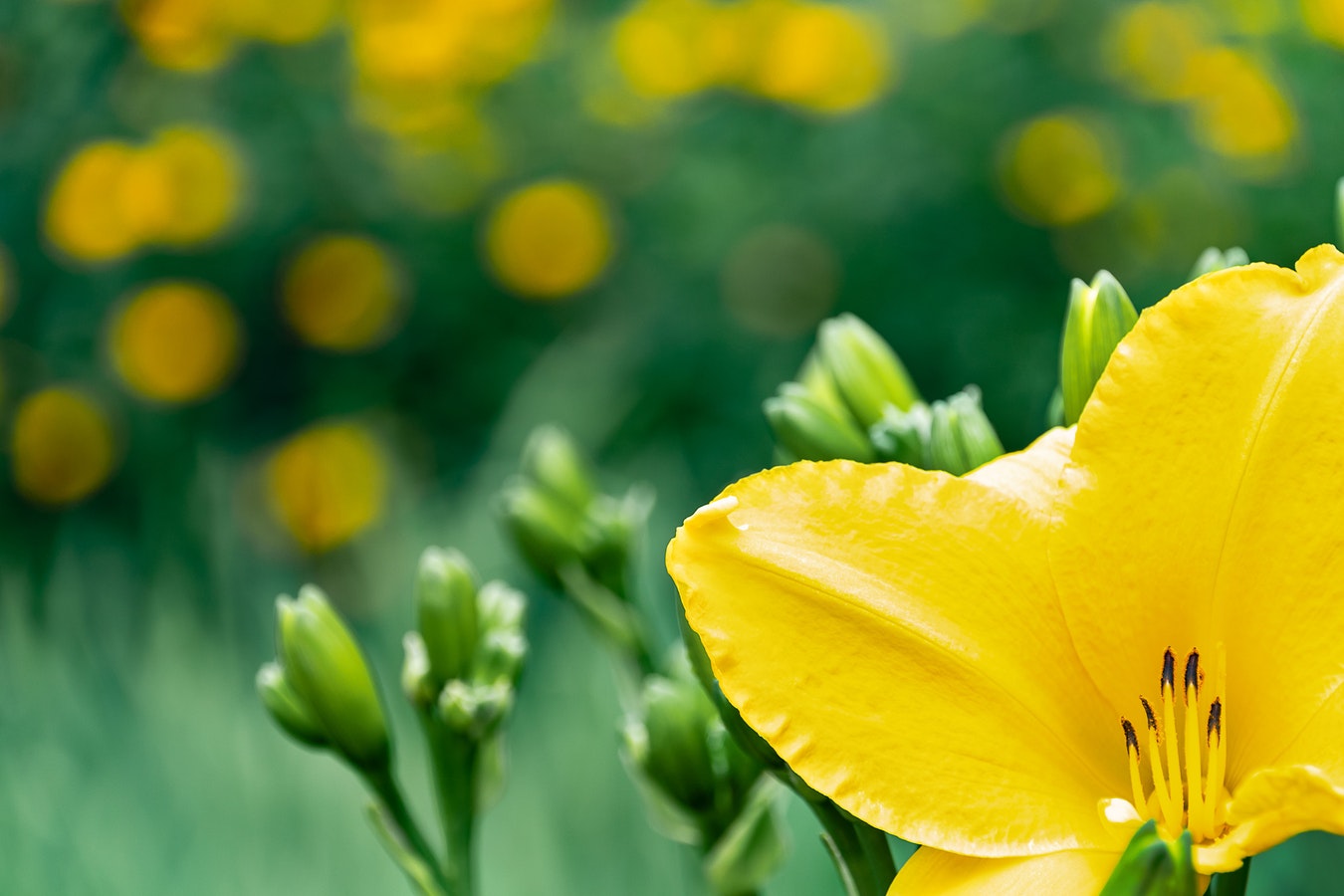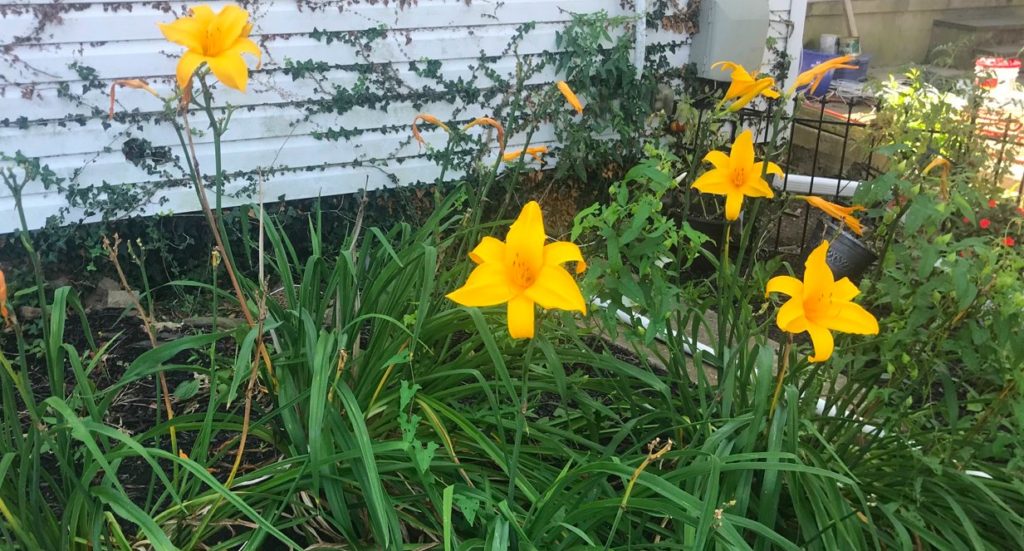
Here in Memphis, Mother Nature blesses us with a wide variety of native plants and flowers. It’s best to plant native flowers in your gardens over non-native plants since they acclimate easily to our climate. They also adapt to our soil and repel pests. Our local birds and pollinators prefer them.
P.S: If you’re interested in more than just flowers, check out these other Tennessee native plants.
Sedums

Sedums are perennials famous for their foliage and star-shaped flowers. They come in a wide range of shapes and sizes and can change color throughout the season.
Tall sedums grow to be about one to three feet tall. They bear succulent leaves and showy flowers.
Short sedums are ground-huggers and make great ground covers for your landscape or rock gardens.
Sedums grow best if you plant them in the spring right after winter’s thaw. After you plant them they don’t need as much attention as other flowers in your garden. Just check in on them once in a while to make sure they aren’t too dry.
Daylilies

Daylilies can tolerate a wide variety of soil conditions making them a great addition to your Memphis landscape. These hardy perennials are not bothered by disease or pests and continue to bloom on schedule for years. Daylilies are unique among perennials: a versatile flower that can serve as a border, stand with a group, or pair with other ornamental grasses and shrubs. Each stem of a daylily grows about a dozen flower buds that will bloom for several weeks.
Butterfly Pea
Butterfly pea is a rare and stunning flower found here in Tennessee. It’s a member of the pea family. Unlike its name, the butterfly pea does not attract butterflies. The name comes from the shape of its beautiful lavender flowers that resemble a wing.
Since butterfly peas are perennial vines that don’t grow very tall (about 3 feet high) and don’t climb they make a great, tameable garden vine.
Goatsbeard
This perennial plant belonging to the rose family. It prefers to grow in the damp woods, plains, or near rivers. It grows in a bushy shape and reaches heights up to six feet tall. It’s delicate cream-colored flowers grow on long stalks and can last through the spring and summer (late May/early July) The male of the species bears flashier flowers then the females.
This native flower is a favorite among gardeners due to its versatility. It can be used as a border plant for edging your sidewalks and driveways or as a privacy screen to block the road or nosey neighbors. Most gardeners dig up goatsbeard in the wild and transplant them in their gardens.
Foxglove Beardtongue
The foxglove beardtongue is one of the easier native plants to grow in your garden. Its clusters of bright, white flowers bloom in May and June attract bees, hummingbirds, and songbirds. The Beardtongue is coveted for its long blooming stages, and it’s resistance to deer, rabbits, drought, and disease. If you live in a wooded area with lots of wildlife this is an excellent choice for your yard.
Be sure to call a trusted pro to help you out with your native landscaping project. We have the best Tennessee landscaping pros near you. We have trusted landscaping pros in Nashville, Knoxville, Memphis, Murfreesboro, and many more cities across the state.